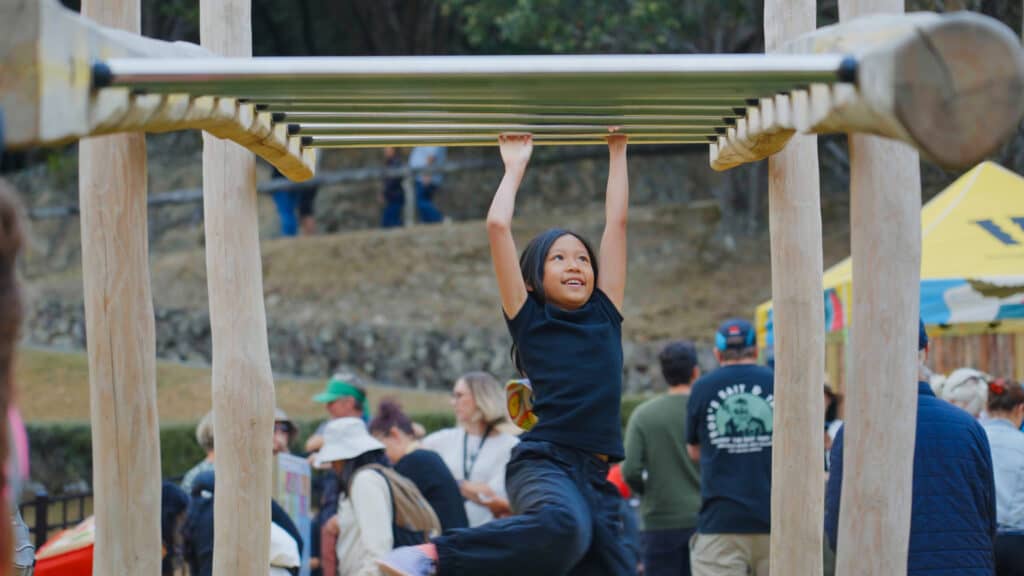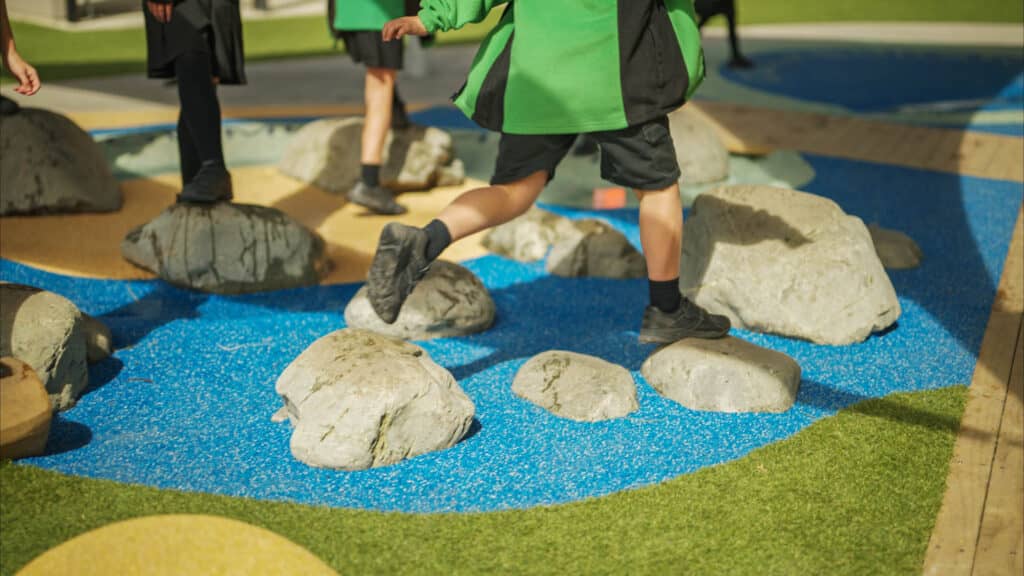Adventure playgrounds are more than mere play areas for children; they are a revolution in how we think about children’s play. In this article, you’ll delve into the history of adventure playgrounds, their role in modern playground design, and the many benefits they offer to communities and children.
History of Adventure Playgrounds
The Danish Origin
The concept of adventure playgrounds began to take shape in the early 1930s. Danish landscape architect Carl Theodor Sørensen observed that children seemed to prefer playing anywhere but on designated playgrounds.
His innovative idea was to create a space where children could play freely with whatever equipment they had around them. He termed it a “junk playground,” a place where kids could unleash their imagination and shape their play.
The play space would have a few loose materials, such as bricks, timber, and other tinkering equipment.

Spreading Across the Globe
British landscape architects later embraced this concept and became known as “adventure playgrounds.” Since then, they have spread across Europe and other parts of the world, symbolising creativity, and freedom in children’s play.
Unprescribed Play: Letting Imagination Lead
The Philosophy of Free Play
Sørensen’s idea was to create places where children’s imagination would shape their play. Adventure playgrounds have taken this concept to heart, adding features that allow children to play as they wish.
Equipment and structures without set rules enable users to create stories and have fun. This realisation of unprescribed play has led to children engaging more deeply than in other structured environments.
Impact on Modern Playground Design
The influence of adventure playgrounds on modern playground design is profound. By embracing the idea of unprescribed play, designers have created spaces that foster creativity, collaboration, and critical thinking. With features that challenge, inspire, and connect, adventure playgrounds are shaping the future of play.
Managed Risk on Adventure Playground: Being risky is safe
The Evolution of Risk in Play
Playgrounds have undergone various evolutionary stages. Initially, adventure-themed designs were too adventurous and dangerous. Designs shifted to the other extreme to mitigate risks, making playgrounds dull and unchallenging, which can be seen in playgrounds with few play value features.
Understanding Risk vs. Hazard
Understanding the difference between risk and hazard is crucial here. A hazard is a clear danger, such as climbing a thin branch on a tree. On the other side, the risk is managing and assessing how high and where you would climb a tree.
Recent studies have led to a return to managed risk in playground design, allowing children to take calculated risks and fostering creativity, resilience, and positive problem-solving.
Adventure Playgrounds: A New Approach
Adventure playgrounds embody this philosophy, encouraging children to challenge themselves and learn through play. They testify that children can grow through managed risk developing essential life skills.
There are identified types of play that cover managed risk in play: heights (e.g. climbing), playing with speed (e.g. flying fox), playing with elements (heat and water), rough and tumble (slides and hills) and disappearing (hide and seek and bushes).
Learn more: What is Unprescribed Play?

Going Back to Nature: Reconnecting with the Earth
The Need for Nature Connection
With the rise of urbanisation and more screen time, there’s a growing movement to reintroduce nature into communal spaces.
Adventure playgrounds are at the forefront of this connection, offering children a chance to reconnect with nature and their community.
Natural Elements in Adventure Playgrounds
These playgrounds often feature equipment made from natural resources like timber boxes, ramps, log jams, and towers.
Using natural materials enhances the aesthetic appeal and connects children to the natural world, fostering a sense and appreciation for the environment.
Learn more: Is Natural Play Equipment Safe for Playgrounds?
Key Takeaways from Adventure Playground Design
Adventure playgrounds are more than just play spaces; they are learning environments where experimentation and imagination flourish.
These playgrounds are shaping the future, linking fun, learning, and community to create engaging spaces that enhance societal growth and learning.
The principles of adventure playgrounds are setting new standards in playground design, emphasising creativity, risk management, and nature connection.
They are paving the way for a new generation of fun but also educational and community-oriented playgrounds.
Ready to embark on this exciting journey and transform your playground design? Contact us on 0800 000 334 or book a site visit here.